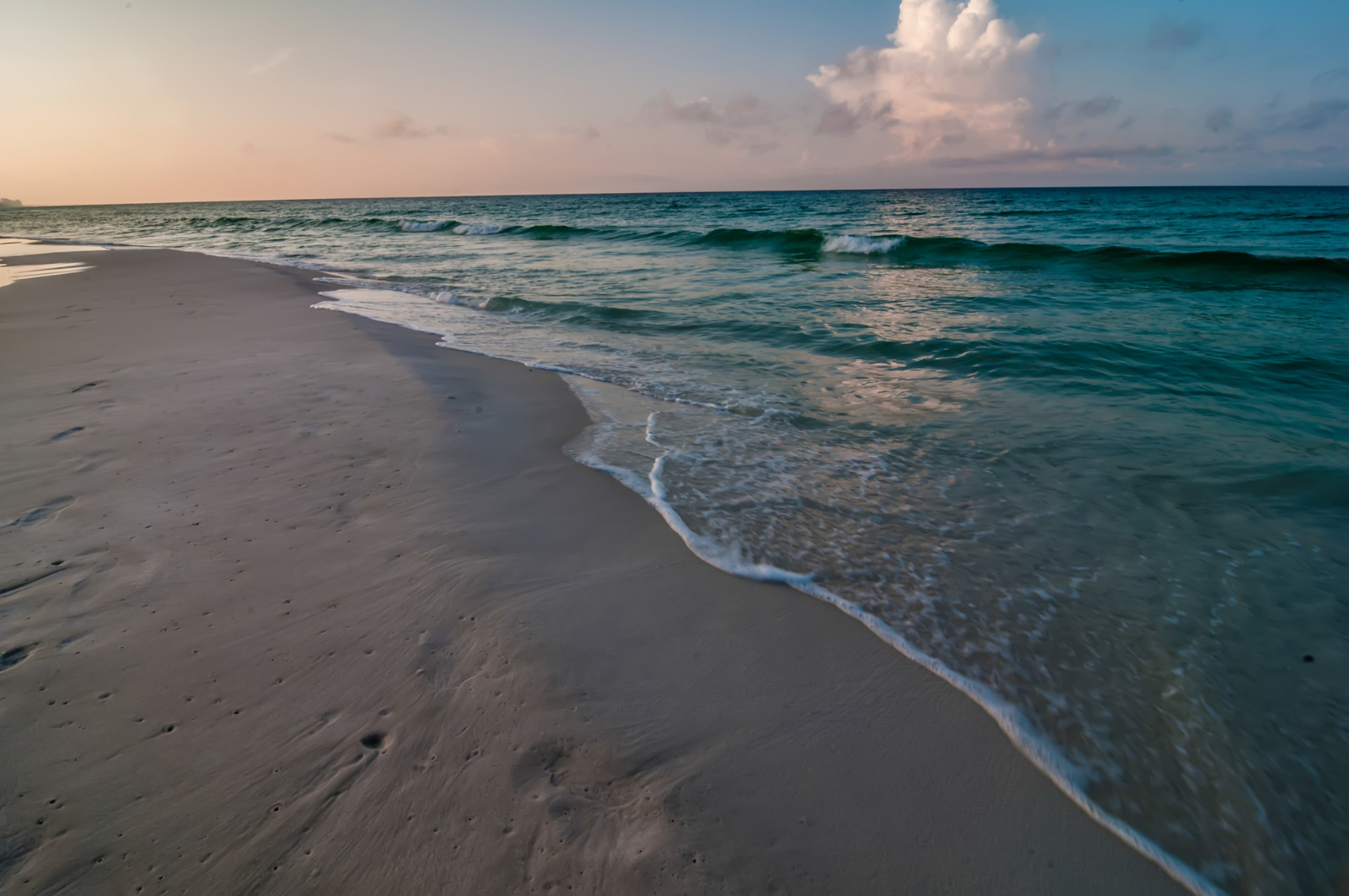A beach is a physical feature found along the shore of a large water body, such as lakes, rivers, seas, or oceans. The existence of microscopic bits of biodegradable material on beaches distinguishes them. Sand, gravel, shells, seaweed, or pebble may make up the sediments. Natural beaches can take hundreds of years to form due to continuously flowing water eroding the land surrounding them. Moving waves ultimately wear down stones or coral reefs located in the gulf. Streams and rainwaters may also degrade rocks on land and carry them to the water’s edge. These materials form a beach as they are accumulated along the shore.
How a Beaches are Formed
1. Through Erosion of Rocks, Reefs & Shells
Moving waves wear down rocks or coral reefs located in the gulf. As these materials deteriorate, they degrade into microscopic silt grains dispersed in suspension primarily by waves. When material from inland is carried to a larger water body, the grains are swept away by the waves and returned to the exact condition of suspension. These suspended particles boost the erosive power to move moving water, leading to more eroded material in water.
Beaches are formed by the erosion of rock, shells, or coral reefs near the ocean’s edge. The particles that make up beaches might come from near or thousands of miles distant in the ocean. The particles are carried by the waves and deposited on the beach. Fish and other marine creatures can influence the acceleration of degradation in some circumstances. This is especially true in areas where beaches are close to coral reefs. As a primary nutritional supplement, most of these species depend on algae that grow on the coral. They unwittingly lead the coral to split apart as they nibble away at the algae. Some bits may even pass past these creatures’ digestive systems, leading to even finer particles being swept up into the waves.
2. Constructive Waves
Beach formation is also influenced by the waves that hit the shore. Constructive waves cause compressed sediment because they allow the water to retreat and the beach materials to cease moving among waves. The shape of the beach is also shaped by tides, or water flowing toward the coast, and waves. Waves can either bring materials in or create a gentle slope, or they can remove materials and return them to the ocean. As a result, beaches are constantly changing shape, relying on the tides, waves, and wind. Coastal erosion, a natural occurrence in which the coastline changes shape, is another impact. The water slowly dissolves at the beach’s edge, exposing the ground above it. Constructive waves are connected with mild backwash and powerful swash, creating large flat beaches and more connected with sedimentation coasts. Constructive waves form sand beaches.
3. Spit Formation
A spit is a long pitch of sand or shingle that juts out into the ocean from the shore. When the topography changes shape, or there is a river estuary, spits form. Spits form when the material is moved by longshore drift, and sedimentation occurs in response to a shift in the shape of the shoreline. The spit is formed when a long narrow hump of particles is deposited. If the wind direction changes, a twisted end can form. Because waves cannot get over a spit, the ocean behind one is well protected. Coastal habitats or mudflats are formed when silts are accumulated here.
4. Bars Formation
A spit of land that grows along a bay and connects two headlands is known as a spit of land. A bar is a name for this type of land surface. Lagoons are small lakes that can be trapped behind the bar. Lagoons do not last indefinitely and might become clogged with sediment.
In conclusion, although erosion is often considered to reduce the scale of specific landforms, that’s not always the case. In reality, erosion helps expand the width and length of specific beaches. As the waves drop the carried material onto the land, this development happens. Moreover, beaches may expand in magnitude at river deltas, where rivers bring degraded silt to the ocean. Before being taken into the ocean, this material is dumped along the beach.

